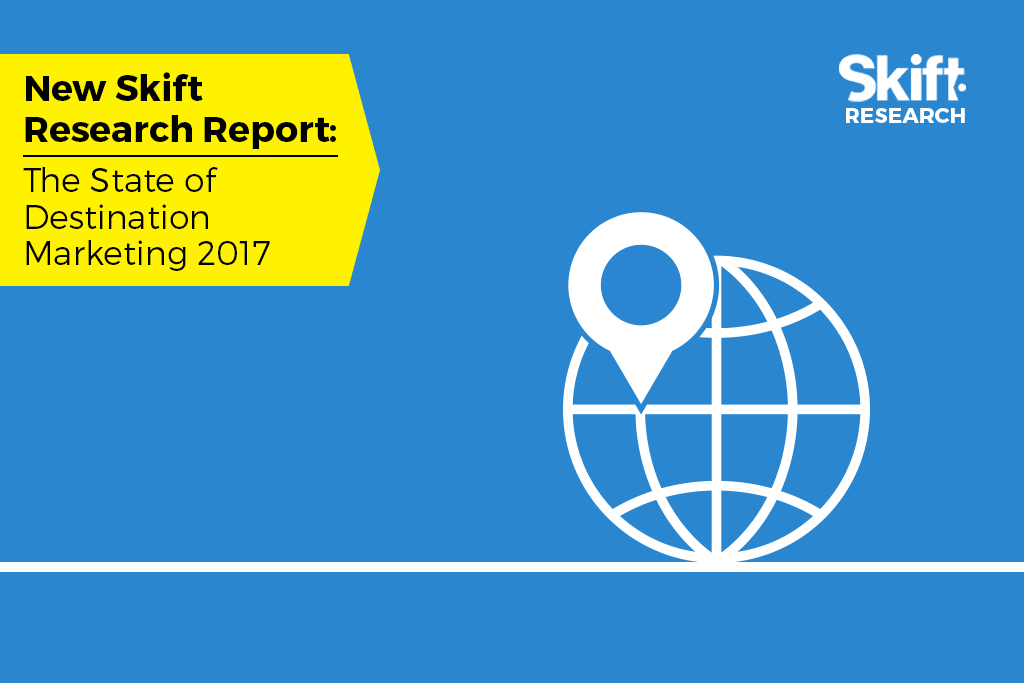Best Practices for Attracting Chinese Outbound Tourists
Chinese outbound travel continues to boom and shows high potential for future growth. Travel brands and destinations need to understand the evolving behaviors and preferences of Chinese travelers in order to most effectively appeal to this market.
May 2018











